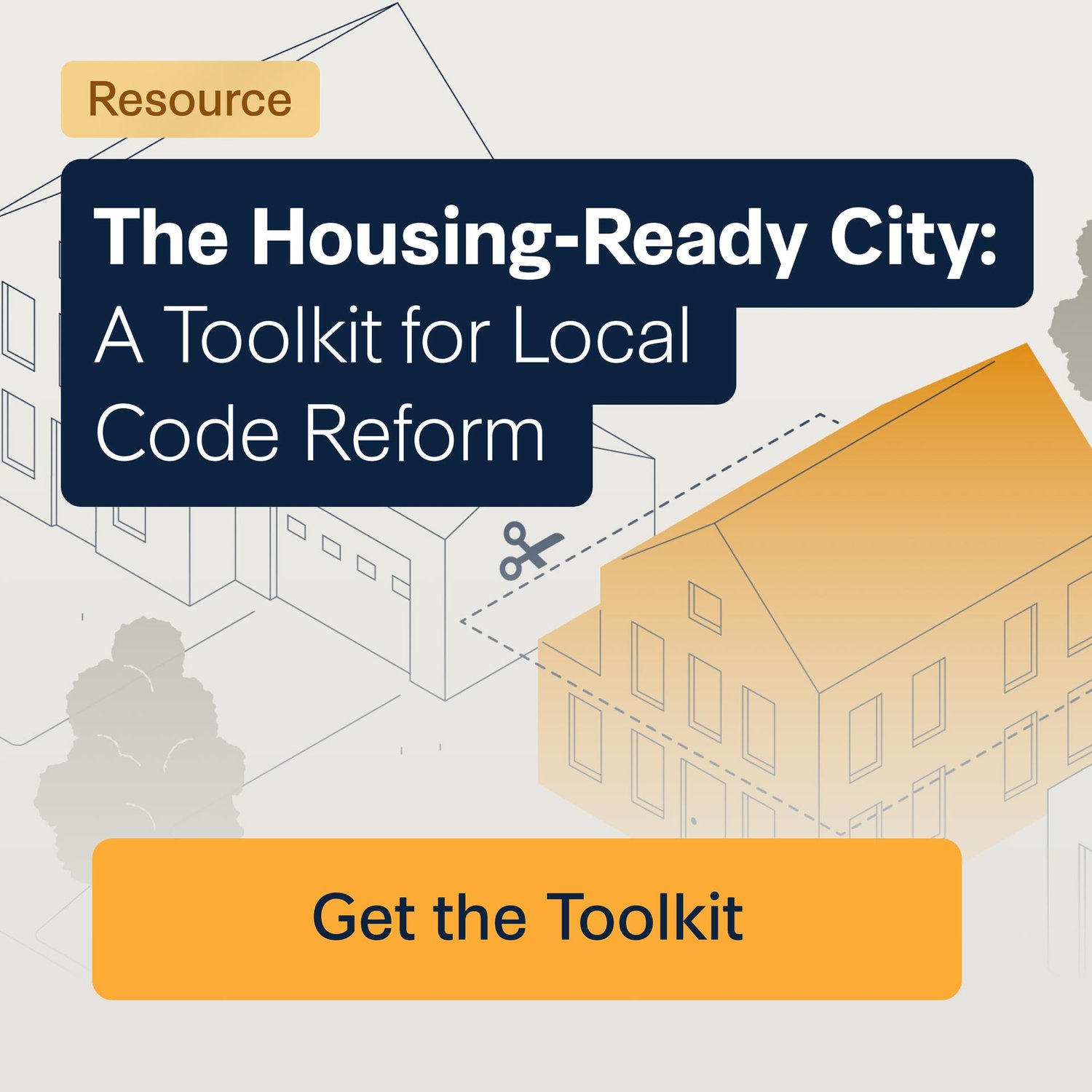What One First-Time Developer Can Teach Us About Housing Solutions
This article expands upon observations the writer, Neil Heller, made on LinkedIn. Click here to view the original post.
(Source: Paul Kapischka on Unsplash.)
I recently attended a field trip for the Incremental Development Alliance in Northwest Arkansas and had the opportunity to tour a modest cottage court development. It is nothing flashy, just a handful of compact homes tucked along a shared path, each with a front porch and a yard small enough to maintain by hand. What made it remarkable wasn’t the design, though it was thoughtfully done. It wasn’t the price point, though the homes were offered at an attainable level for local buyers. What stood out most was the story behind it: this was the first project by a small-scale, first-time developer who decided to build because he heard there was a housing shortage, and he wanted to help.
He wasn’t backed by a big firm. He didn’t have special training or deep industry connections. He just saw a problem in his community and figured he could do something about it. And then, crucially, he was allowed to.
What struck me was how unexceptional this project should be. It wasn’t the product of a large-scale housing initiative. It didn’t rely on tax credits or public subsidies. No special incentives, no unique foundation funding, no ribbon cutting. Just a neighbor stepping up to build one small thing that matters.
(Source: Neil Heller, LinkedIn.)
That’s the paradox we face in solving the housing crisis. We tend to think in large-scale terms like regional production goals, billion-dollar bond measures, attracting award-winning developers. But what if an overlooked opportunity lies not just in scaling up, but in scaling down barriers to allow many more modest, localized efforts like this one?
Right now, it’s often harder for small-scale developers to build than it is for large ones. Zoning codes mandate lot sizes and setbacks that don’t pencil for infill. Permit timelines and fees are fixed, regardless of whether you’re building one unit or 100. And financing systems treat small-scale as riskier, despite the fact that these projects often serve real market needs with lower price points and less disruption to existing communities.
That means people like the developer I met, people who are motivated by neighborhood care rather than maximizing return, often have to work uphill just to contribute. And that’s a loss, not just in housing units, but in civic agency. In a time when we need more participation, more stewardship, more people taking ownership of the future of their places, we have regulations that remove these folks from the process.
But it doesn’t have to be that way.
One of the most powerful things we can do is simply make room for small, incremental efforts to happen more easily. That doesn’t mean subsidizing every small developer. It means getting out of the way enough so they can solve problems with the resources they already have.
In my work, I’ve seen that once the regulatory path is cleared, people show up. They bring forward cottage and townhouse courts, small backyard cottages, and reconfigured commercial spaces. They fill gaps in locations that larger developers overlook. And they often do it in ways that reflect care for the place, because they live there.
This isn’t theoretical. It’s already happening in places where small-scale is legally allowed. Cities like my example from Springdale, Arkansas, but also South Bend, Indiana, and Durham, North Carolina, are beginning to see results not because of massive subsidies, but because they’ve adjusted their codes to make infill legal, small lots viable, and flexible building types permitted.
The key is not just deregulation for its own sake. It’s right-sized regulations that fit the scale and intention of local actors.
This means:
Zoning that allows small lots and compact forms in more areas
Building codes calibrated for allowing more homes with simpler construction
Predictable, proportional permitting timelines and fees
Supportive financing pathways for sub-$1 million projects
Technical assistance programs to help first-timers navigate the system (Kalamazoo, Michigan)
This is what a healthy development ecosystem looks like. Not just top-down production, but bottom-up participation.
The housing crisis can feel overwhelming. The numbers are big. The policy landscape is messy. But this little project reminded me that change can also start small and simply with a person who sees a need, imagines a solution, and is given the legal space to act on it.
How many more homes would we have if we made it easier for thousands of people like him to build one thoughtful project at a time?
If we want more housing, we don’t always just need more capital, we need more capacity and people wanting to help. And sometimes, the biggest thing we can do is simply allow it to happen.
Neil Heller is a small-scale developer, faculty with the Incremental Development Alliance, and principal at the award-winning firm Neighborhood Workshop. He advances small-scale, community-rooted real estate using pro forma-powered-planning approaches to support local economic mobility and municipal fiscal health.








